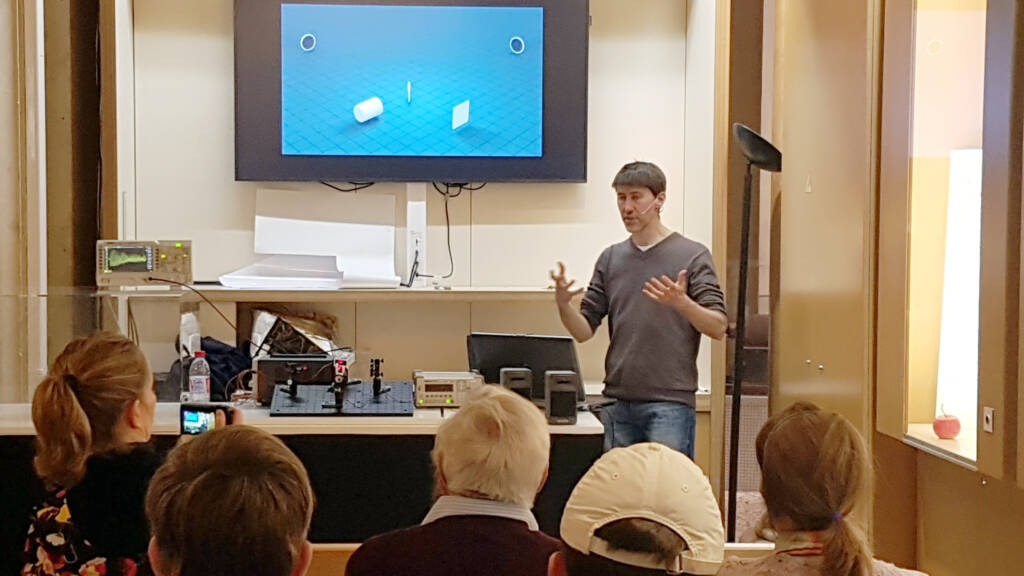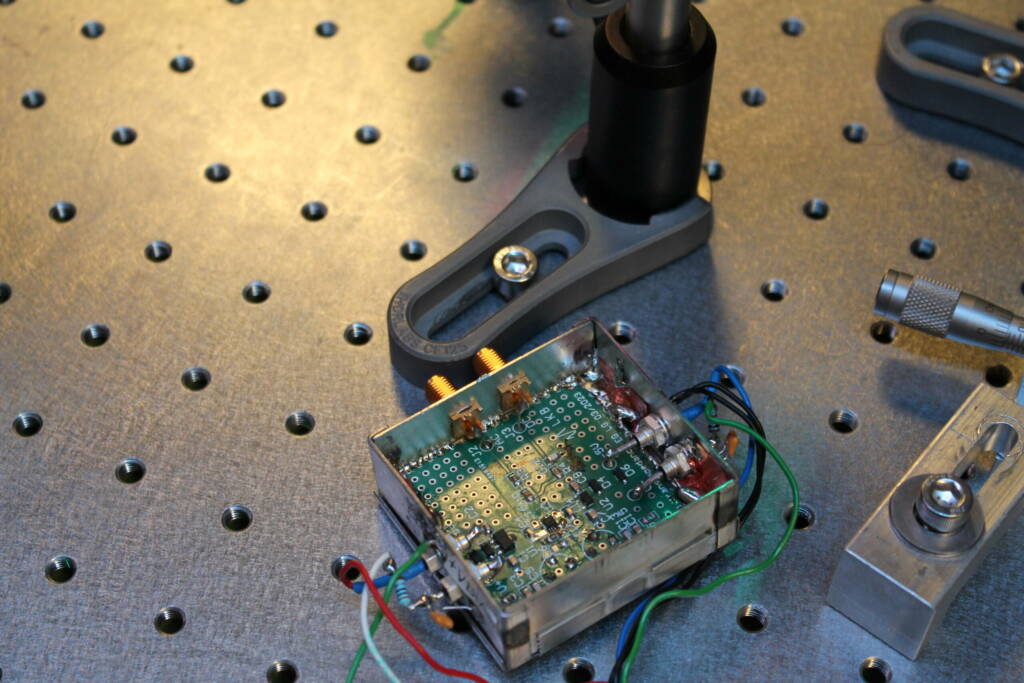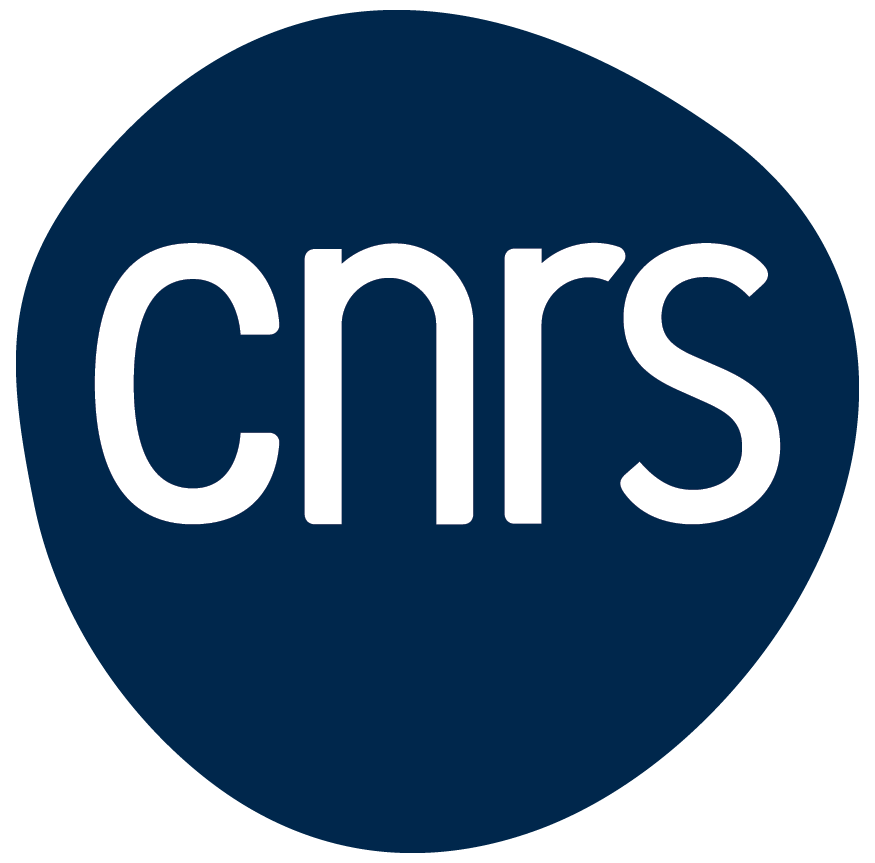Gravitational waves at the Palais de la découverte
The animation “1 chercheur-e 1 manip” explores the detection of gravitational waves

From April 2 to June 2, 2019, the Palais de la découverte will focus on gravitational waves in collaboration with six laboratories (including the LKB) and twenty-one researchers.
Even though these space-time vibrations were already predicted by Albert Einstein at the beginning of the 20th century, they were only observed for the first time in 2015, thanks to gigantic interferometric installations. In Europe, one interferometer (Virgo) has been built in Italy, and two others are situated on US territory (LIGO). They triangulate, receive and analyze waves resulting from cataclysms such as the fusion of neutron stars or black holes.
If you wish to learn more, visit the Palais de la découverte until Sunday 2 June 2019 (Wednesdays, Saturdays and Sundays, two schedules are available, 14h and 15h30 – contents and verbal demonstrations are available in French only).
Read also
CNRS Recruitment – Join the LKB
External Recruitment for Researchers (M/F)
Nathan Goldman is among the Highly Cited Researchers
Clarivate list



